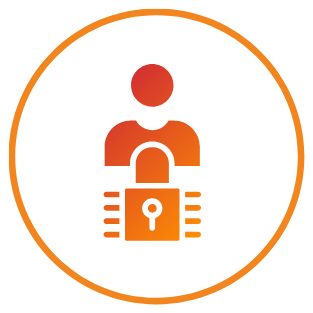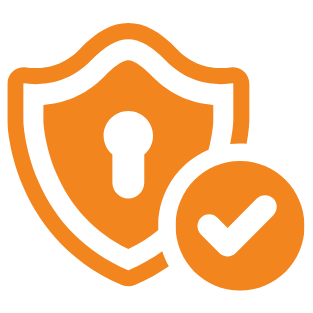10 Essential Cybersecurity Controls Every Small Business Needs
Simple Steps to Protect Your Business from Cyber Threats

Cybersecurity: An Essential Priority for Your Business
Running a small or medium-sized business is no small task—you’ve got customers to satisfy, services to perfect, and a team to manage.
But, in a world where cyber threats are more common than ever, there’s one thing you can’t afford to overlook: your business’s cybersecurity.
Don’t worry, though; with a few key steps, you can protect your operations and keep everything running smoothly.
Belowe are the top 10 cybersecurity controls every SMB should have in place:
Top 10 cybersecurity controls every SMB should have in place

1. Develop an Incident Response Plan:
Imagine if your business was a fire station—everyone would need to know what to do the moment an alarm goes off. The same applies to cybersecurity! Having a plan in place means your team knows how to respond quickly and effectively when a cyber incident happens. Identify your key responders, prepare a communication strategy, and ensure backup systems are ready to roll.

2. Backup and Encrypt Data:
Think of backups as your business’s “undo button.” Regularly saving and encrypting data means that if it gets lost, stolen, or corrupted, you can recover it. Make it a habit to test those backups too—no one likes a surprise when things go wrong. With encrypted data, even if attackers get their hands on it, it’s like handing them a puzzle without the key!

3. Install Anti-Malware Software:
Your business is like a castle, and anti-malware software is your knight in shining armor. It blocks viruses, spyware, and all sorts of nasty cyber threats. Make sure you keep it updated so your knight has the latest and greatest armor, ready to fend off even the most recent threats.

4. Manage User Privileges Carefully:
Ever heard the saying, “too many cooks spoil the broth”? Well, too many users with high-level access spoil your security. Limit access to sensitive information only to those who need it. By applying the principle of least privilege (PoLP), you ensure that if one user’s account gets compromised, it doesn’t spell disaster for the entire business.

5. Use Multi-Factor Authentication (MFA):
Imagine your business has a VIP-only club, and the only way to get in is with a password and a secret code sent to your phone. That’s MFA—an extra security layer that keeps cybercriminals out, even if they’ve managed to crack your password. For key accounts like email and admin portals, MFA is a must!

6. Secure Mobile Devices and Remote Work:
Today’s work environment is mobile, and your employees are accessing systems from all over. Make sure every mobile device is as secure as your in-office systems. Enforce strong passwords, enable encryption, and use remote wipe capabilities for lost or stolen devices. It’s like ensuring your team has a digital passport that keeps them safe wherever they are.

7. Segment and Secure Networks:
Think of your network like a medieval fortress. You wouldn’t put all your treasures in one room, right? Network segmentation is your moat and drawbridge—it separates valuable information into different “zones,” so if one gets compromised, the damage is contained. Add firewalls and VPNs to keep your data safe while it’s traveling around.
8. Implement Secure Configurations:
The default settings on software and hardware are like an unlocked door. By customizing and securing these configurations, you close the doors and lock them tight. Turn off unnecessary services, change default passwords, and regularly apply patches. It’s all about making sure your systems aren’t “open for business” to cybercriminals!

9. Monitor and Log Security Events:
Picture having security cameras watching over your digital space—monitoring and logging events is just like that. Keeping logs and using monitoring tools helps detect suspicious behavior early so you can act before it turns into a full-blown crisis. Don’t forget to store these logs securely!

10. Train Your Team:
Even with all the tech in place, your best defense is your people. Make sure your team knows what to look for—like phishing emails and sketchy links. Regular training sessions turn your employees into cybersecurity champions, ready to spot threats and protect your business. No superhero cape required!
Ready to Boost Your Cybersecurity?
Complete Your Cybersecurity Toolkit: Protect Your Business Now
Putting these 10 controls in place doesn’t have to be complicated. Think of them as your business’s security toolkit—designed to protect everything you’ve built. By taking these proactive steps, you’re not just securing your systems; you’re ensuring your business’s future success.
🚀 Want to see how secure your business really is? Take our Cyber Risk Profile Quiz and find out how you can strengthen your defenses even more. Let’s stay safe out there, together!





